Lexus UX 200 – where in Malaysia’s premium SUV market does it stand? We compare size, specs, price
It seems rather long ago no thanks to Covid-19 and the resulting movement control order (MCO), but the Lexus UX was officially launched in March, which is just four months ago. That it felt so long ago could be because most of that quarter year had nothing going on in the car world. Let’s revisit Lexus’ junior crossover then.
The Lexus UX 200 sits below the NX and RX in the premium brand’s SUV range. Other starter SUVs in the premium arena include the Mercedes-Benz GLA, BMW X1 (and the fancier X2), the Audi Q2 and Q3, as well as the Volvo XC40. Here, we’ll take a look at the UX vis-a-vis players in the premium compact crossover segment, in terms of size, specs and kit.
Price too, of course. The UX 200 line-up starts with the Urban variant at RM243,888, followed by the Luxury at RM283,888 and the range-topping F Sport at RM299,888 on-the-road without insurance. With the 2020 sales tax exemption, current prices are RM235,472, RM274,027 and RM289,364 respectively. That’s a reduction of up to RM10,524, or around 3.5%.
All three trim levels share the same 2.0 litre naturally-aspirated Dynamic Force four-cylinder engine with 169 hp and 205 Nm of torque at 4,800 rpm. Also found in the just-launched Toyota RAV4, M20A-FKS with D-4S direct injection is paired to a Direct-Shift CVT with a 10-speed virtual ratio function. Steering paddle shifters are available on the F-Sport. The 0-100 km/h sprint is done in 9.2 seconds and top speed is 190 km/h. Front-wheel-drive is the class default.
The first Lexus model to be underpinned by the Global Architecture – Compact (GA-C) platform – which is essentially the premium edition of the well-regarded Toyota New Global Architecture (TNGA) – Lexus promises comfort and agility, along with a “distinctive driving personality”. Suspension consists of front MacPherson struts and double wishbones at the rear.
Not many have seen the UX in the metal, so here’s how you size it mentally. The smallest Lexus SUV is 4,495 mm long and 1,840 mm wide, which is 130 mm shorter and 30 mm narrower than the NX. Its 2,640 mm wheelbase is just 20 mm shy of the NX’s though. Footprint aside, the UX might appear a fair bit more compact in the metal as it sits 110 mm lower than the NX.
We’re guessing that there are two kinds of premium SUV buyers. The default group goes for size – think Mercedes-Benz GLC, BMW X3, Audi Q5 – but there are some who want the trappings of an SUV, but prefer a more car-like driving experience, and size, as they don’t need to ferry a family. These are bought as “lifestyle” cars – the Mercedes-Benz GLA, BMW X2 (X1 is small but conventional), MINI Countryman and the Volvo XC40 are some that we can think of. The Lexus UX joins this corner of the class, we reckon.
The UX’s footprint is slightly larger than the GLA and Countryman, and is around the size of the XC40. Compared to the junior XC, the Lexus is 70 mm longer but 23 mm narrower.
The Lexus UX is alone in the class to breathe naturally – all the European players have either a 1.6 litre (GLA 200) or 2.0 litre turbo engine, with Audi making do with a 1.4T. As such, it has the slowest 0-100 km/h time and lowest top speed, although 169 hp/205 Nm would be adequate for a compact SUV in the urban context.
NA engine aside, it’s also the only car here to use a CVT gearbox instead of the class’ default seven-speed dual-clutch auto (the XC40 comes with a torque converter eight-speed auto).
At a glance, and as pundits who aren’t putting money down for one, it immediately looks as if the Lexus is technically inferior, but not everyone wants a turbo engine and DCT. Some argue that a more conventional powertrain is more reliable, and if you’ve been saddled by a problematic car before, you’ll appreciate the serenity of a fuss-free ownership experience. There are plenty of options for the tech-minded, but the Lexus provides variety.
As for performance, the latest crop of CVTs are great daily boxes and a far cry from early examples. If the C-HR is fast and responsive enough (fun even!), the Lexus UX should be fine. It also depends on what car one is coming from – if it’s an NA-powered mass market brand model, the transition will be seamless.


The UX is rather well equipped. The base Urban gets things like automatic LED headlights, LED DRLs, 17-inch alloys, keyless entry with push start, seven-inch displays for both instruments and infotainment, dual-zone climate control with rear vents, eight-way power-adjustable heated front seats, heated side mirrors, Nuluxe synthetic leather upholstery, Apple CarPlay/Android Auto connectivity, six speakers and a reverse camera.
Cough up an extra RM40,000 for the Luxury and Lexus will throw in niceties like automatic wipers, auto-dimming rear and side mirrors, auto-fold side mirrors with memory, metallic interior decor, power-adjustable steering wheel, ventilated front seats with driver’s side memory, leather upholstery with sashiko quilting, aluminium side sill plates, a 10.3-inch centre display, eight speakers, 360-degree camera system and a handsfree (kick) powered tailgate.
The Luxury also gets 18-inch two-tone alloys (an inch up), while the top surface of the dashboard features a texture inspired by Japanese washi paper. There’s also Qi wireless charging.


For those who want sport in everything, there’s the UX F Sport. As usual, the exterior gets a more aggressive look courtesy of larger air intakes, a criss-cross grille mesh and unique 18-inch wheels in a grey finish that matches the front and rear bumper inserts.
Other F Sport-exclusive performance-oriented kit include steering paddle shifters, adaptive dampers and a rear “performance damper” to control and absorb small distortions and vibrations. The F Sport cabin gets its own sports seats, alloy pedals, a head-up display and an LFA-style instrument display with a moving rev counter/centre ring. That’s a fair bit of kit for a RM15k premium over the Luxury.
Today, even the Perodua Axia, Malaysia’s cheapest car, comes with active safety features such as autonomous emergency braking (AEB), so you’re right to expect a safety pack on SUVs costing more than RM200k. But sadly, that’s not the case. The BMW X1/X2, Mini Countryman and Audi Q2 stop at stability control and six airbags. The Mercedes GLA does slightly better by adding a driver’s knee airbag (seven in total), AEB and auto high beam.
In this meagre field, the Lexus UX shines. All trim levels get AEB, adaptive cruise control with stop and go, lane centring assist and adaptive high beam to go with eight airbags (with driver and front passenger knee airbags), the highest here. The Luxury and F Sport add on blind spot monitoring and rear cross traffic alert.
Of the premium compact SUV lot, only the Volvo XC40 comes close in terms of safety kit – the Swede also packs in all of the above, with one less airbag (front passenger knee). And that’s before the UX pulls out its final safety card, a 360-degree parking camera on the Luxury and F Sport. Once again, if a Perodua Axia buyer can have AEB, perhaps it’s time for German premium brands to step up and do the minimum in this aspect.
As for practical equipment, the UX’s Apple CarPlay/Android Auto connectivity, wireless phone charger and 360-degree parking camera will be useful in everyday life, along with the ventilated seats in our weather. The phone connectivity is standard for all in the field except for the BMWs, while the youth-focused Countryman and XC40 are the only other cars to have wireless charging. The parking camera and the UX F-Sport’s adaptive dampers are Lexus-only in the Malaysian context.
Lastly, price. Lexus models are never the cheapest in Malaysia due to the fact that they’re all CBU imports from Japan, competing against rivals with local assembly. Throw in the EEV/hybrid CKD incentives that some have received from the government and the gap becomes wide. Too wide to be competitive, at times.
The UX appears expensive at a glance, but upon closer inspection, value isn’t poor. Priced from RM235,472 to RM289,364, it’s not too far away from the CBU Mercedes-Benz GLA range (RM216,154 to RM266,210) and the CKD locally-assembled Mini Countryman (RM220,741 to RM239,280). The CKD Volvo XC40 – the best-equipped European-badged car here – is priced at RM241,150. Take into account the Lexus’ CBU Japan status and its generous level of equipment, we’d say that the UX is a welcome addition to the premium compact SUV field.
It may be a new nameplate (UX, not Lexus) competing against well-established model lines, but the marque’s sharp and unique design language, coupled with the UX’s “friendly” size, may appeal to those who want something different.
GALLERY: Lexus UX 200 Urban 


























































GALLERY: Lexus UX 200 Luxury 

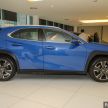

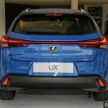
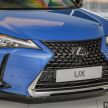
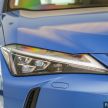
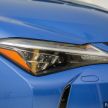
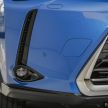

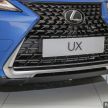

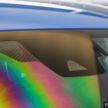
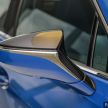
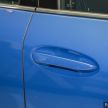
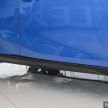
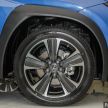
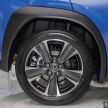

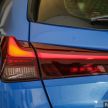


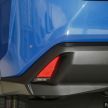
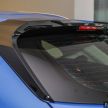

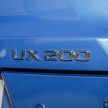
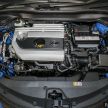


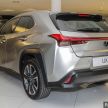
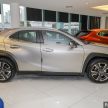
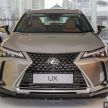
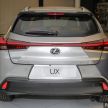

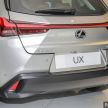
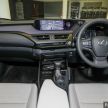
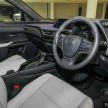
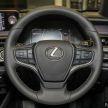
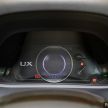
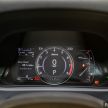


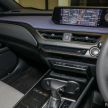


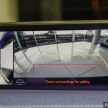
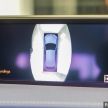

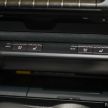
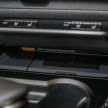
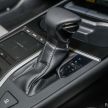
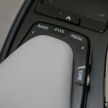
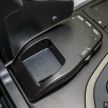
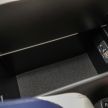
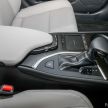
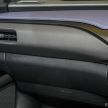

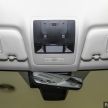
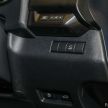
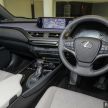
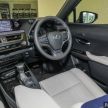
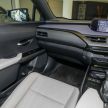
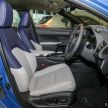
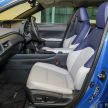
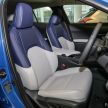
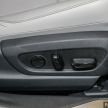
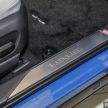
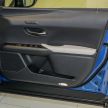
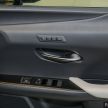
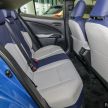
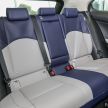
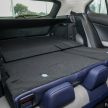
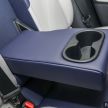
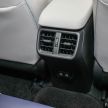
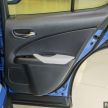
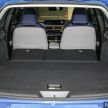
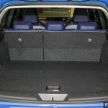
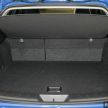
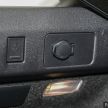
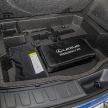
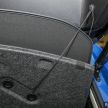
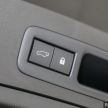
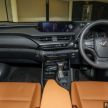
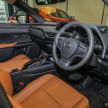
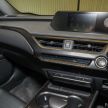
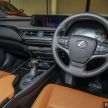
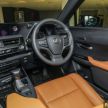
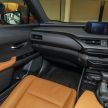
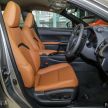
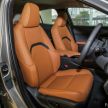
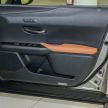
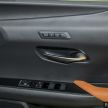
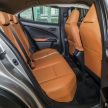
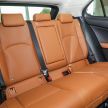
The post Lexus UX 200 – where in Malaysia’s premium SUV market does it stand? We compare size, specs, price appeared first on Paul Tan's Automotive News.
from Paul Tan's Automotive News
Read The Rest:paultan...

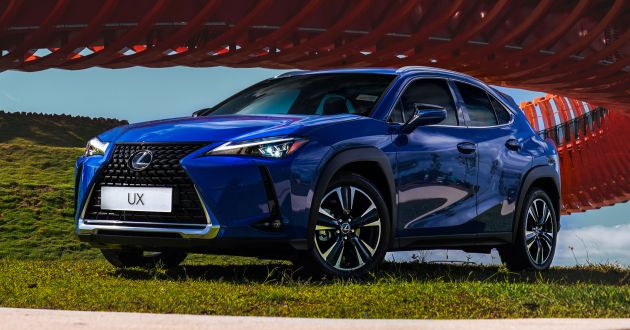









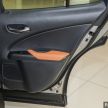
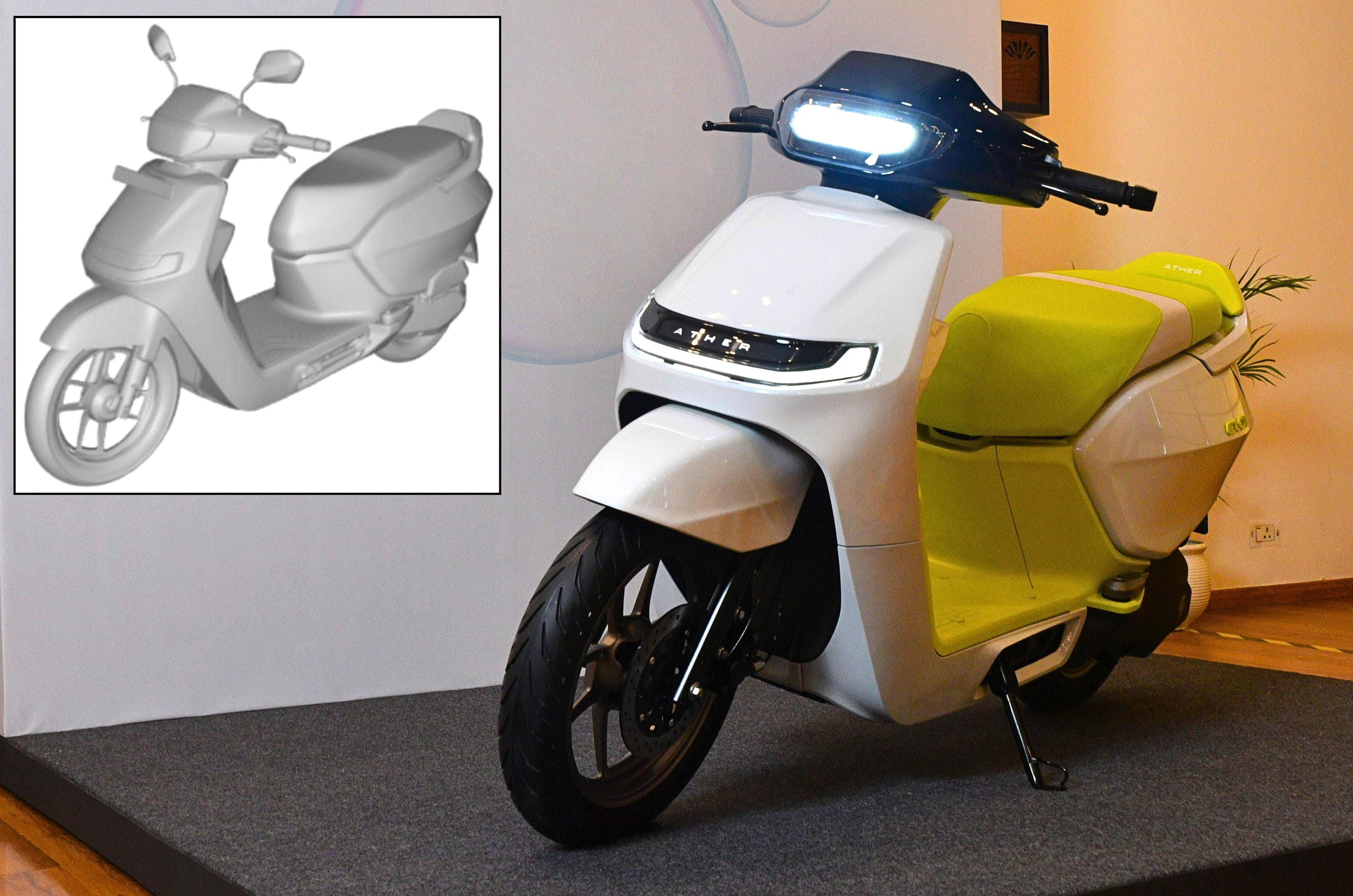
Post a Comment